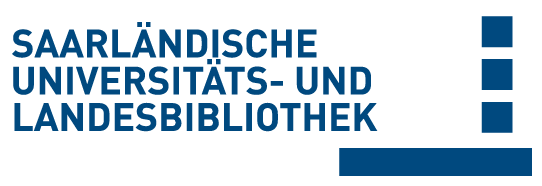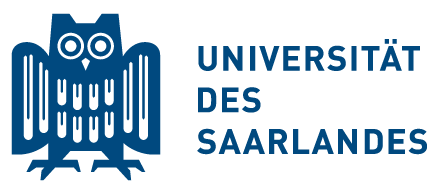Bitte benutzen Sie diese Referenz, um auf diese Ressource zu verweisen:
doi:10.22028/D291-33912 | Titel: | Influences on pathologic complete response in breast cancer patients after neoadjuvant chemotherapy |
| VerfasserIn: | Müller, Carolin Schmidt, Gilda Juhasz-Böss, Ingolf Jung, Lisa Huwer, Sarah Solomayer, Erich-Franz Juhasz-Böss, Stephanie |
| Sprache: | Englisch |
| Titel: | Archives of Gynecology and Obstetrics |
| Verlag/Plattform: | Springer Nature |
| Erscheinungsjahr: | 2021 |
| Freie Schlagwörter: | Breast cancer Neo-adjuvant therapy Pathologic complete response Clinical trials |
| DDC-Sachgruppe: | 610 Medizin, Gesundheit |
| Dokumenttyp: | Journalartikel / Zeitschriftenartikel |
| Abstract: | Purpose Pathologic complete response is associated with longer disease-free survival and better overall survival after neoadjuvant chemotherapy in breast cancer patients. We, therefore, evaluated factors influencing pathologic complete response. Methods Patients receiving neoadjuvant chemotherapy from 2015 to 2018 at the Saarland University Hospital were included. Patients’ age, tumor stage, tumor biology, genetic mutation, recurrent cancer, discontinuation of chemotherapy, and participation in clinical trials were extracted from electronic medical records. Binary logistic regression was performed to evaluate the influence of these factors on pathologic complete response. Results Data of 183 patients were included. The median patient’s age was 54 years (22–78). The median interval between diagnosis and onset of chemotherapy was 28 days (14–91); between end of chemotherapy and surgery 28 days (9–57). Sixty-two patients (34%) participated in clinical trials for chemotherapy. A total of 86 patients (47%) achieved pathologic complete response. Patient’s age, genetic mutation, recurrent cancers, or discontinuation of chemotherapy (due to side effects) and time intervals (between diagnosis and onset of chemotherapy, as well as between end of chemotherapy and surgery) did not influence pathologic complete response. Patients with high Ki67, high grading, Her2 positive tumors, as well as patients participating in clinical trials for chemotherapy had a higher chance of having pathologic complete response. Patients with Luminal B tumors had a lower chance for pathologic complete response. Conclusion Particularly patients with high risk cancer and patients, participating in clinical trials benefit most from chemotherapy. Therefore, breast cancer patients can be encouraged to participate in clinical trials for chemotherapy. |
| DOI der Erstveröffentlichung: | 10.1007/s00404-021-06018-6 |
| Link zu diesem Datensatz: | urn:nbn:de:bsz:291--ds-339128 hdl:20.500.11880/31215 http://dx.doi.org/10.22028/D291-33912 |
| ISSN: | 1432-0711 0932-0067 |
| Datum des Eintrags: | 23-Apr-2021 |
| Fakultät: | M - Medizinische Fakultät |
| Fachrichtung: | M - Frauenheilkunde |
| Professur: | M - Prof. Dr. E.-F. Solomayer |
| Sammlung: | SciDok - Der Wissenschaftsserver der Universität des Saarlandes |
Dateien zu diesem Datensatz:
| Datei | Beschreibung | Größe | Format | |
|---|---|---|---|---|
| Müller2021_Article_InfluencesOnPathologicComplete.pdf | 739,62 kB | Adobe PDF | Öffnen/Anzeigen |
Diese Ressource wurde unter folgender Copyright-Bestimmung veröffentlicht: Lizenz von Creative Commons


